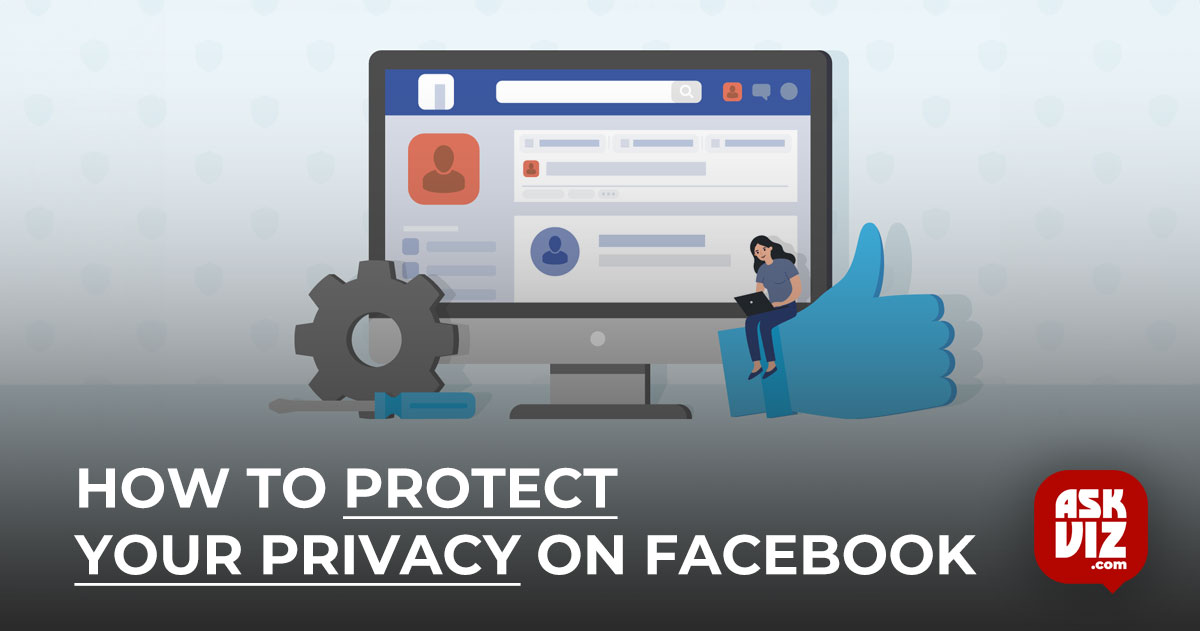Identity theft is a growing concern in today’s world, and it can be a devastating experience for victims. Identity theft occurs when someone uses another person’s personal information, such as their name, Social Security number, or credit card number, without their permission. The damage done by identity theft can be far-reaching, causing financial losses, damage to credit scores, and even criminal charges. In this guide, we will explore the different types of identity theft and how they occur, as well as offer tips on how to prevent and protect yourself from falling victim to identity theft.
Table of Contents
Types of Identity Theft
a. Financial Identity Theft

Financial identity theft is the most common type of identity theft. It occurs when someone uses another person’s financial information, such as their credit card or bank account number, to make unauthorized purchases or withdrawals. Financial identity theft can also involve the use of someone’s personal information to open new credit accounts or loans.
b. Medical Identity Theft

Medical identity theft occurs when someone uses another person’s personal information to obtain medical services or prescriptions. This type of identity theft can also involve the use of someone’s medical insurance information to obtain services or prescriptions.
c. Criminal Identity Theft

Criminal identity theft occurs when someone uses another person’s personal information when they are arrested or charged with a crime. This can lead to a victim being wrongly accused or even arrested for a crime they did not commit.
d. Social Security Identity

Theft Social Security identity theft occurs when someone uses another person’s Social Security number to obtain employment or government benefits. This type of identity theft can also involve the use of someone’s Social Security number to open credit accounts or obtain loans.
e. Synthetic Identity Theft

Synthetic identity theft occurs when someone uses a combination of real and fake information to create a new identity. This type of identity theft can be difficult to detect, as the information used is often a mixture of real and fake information.
f. Child Identity Theft
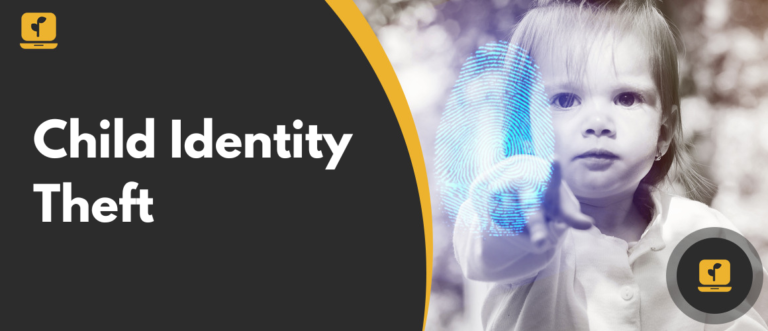
Child identity theft occurs when someone uses a child’s personal information, such as their Social Security number, to open credit accounts or obtain loans. This type of identity theft can go undetected for years, as children do not typically check their credit reports until they are older.
How Identity Theft Occurs
a. Phishing Scams
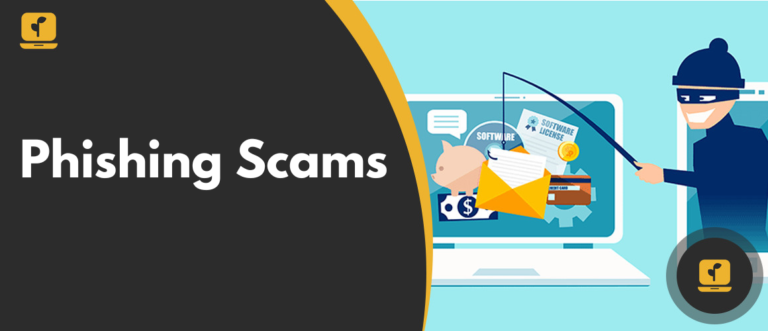
Phishing scams involve sending emails or text messages that appear to be from legitimate sources, such as banks or credit card companies. The goal of these scams is to obtain personal information, such as passwords or credit card numbers, from the victim.
b. Skimming

Skimming involves the use of devices that can steal credit or debit card information when the victim uses an ATM or gas pump. Skimming devices can be difficult to detect, as they are often placed inside the machine.
c. Mail Theft

Mail theft involves stealing mail that contains personal information, such as credit card statements or Social Security numbers. Thieves can use this information to open new credit accounts or obtain loans in the victim’s name.
d. Hacking

Hacking involves accessing someone’s personal information through their electronic devices or online accounts. This can include stealing passwords or other sensitive information that can be used for financial gain.
e. Dumpster Diving

Dumpster diving involves searching through someone’s trash for personal information, such as credit card statements or bank statements. Thieves can use this information to commit identity theft.
f. Shoulder Surfing
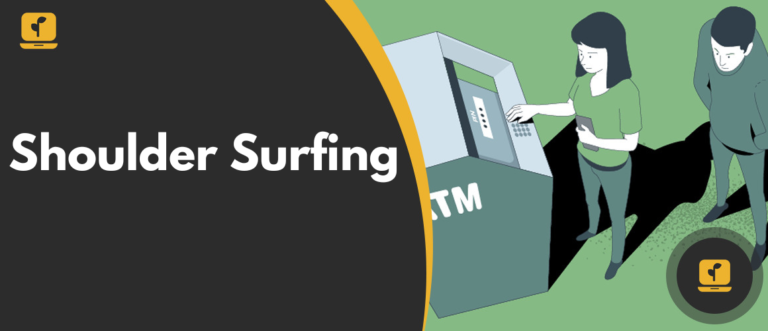
Shoulder surfing involves looking over someone’s shoulder to obtain personal information, such as credit card numbers or passwords, while they are using an ATM or making a purchase.
Add Your Heading Text Here
a. Monitoring Your Credit Report

One of the best ways to prevent and protect against identity theft is to monitor your credit report regularly. By checking your credit report, you can quickly detect any suspicious activity or unauthorized accounts that may have been opened in your name.
b. Using Strong Passwords

Using strong passwords for your online accounts can help protect against hacking and phishing scams. Make sure to use a combination of letters, numbers, and symbols and avoid using common words or personal information.
c. Being Cautious Online

Be cautious when sharing personal information online, especially when it comes to social media. Avoid clicking on suspicious links or downloading unknown files and always make sure you are on a secure website before entering any sensitive information.
d. Shredding Sensitive Documents
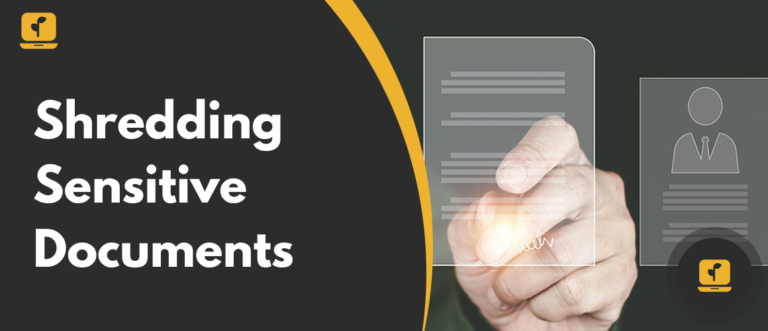
Shred any sensitive documents, such as credit card statements or bank statements, before throwing them away to prevent dumpster diving identity theft.
e. Checking Your Accounts Regularly

Check your bank and credit card accounts regularly for any unauthorized transactions. If you notice any suspicious activity, report it to your bank or credit card company immediately.
f. Freezing Your Credit

Consider freezing your credit to prevent anyone from opening new accounts in your name. This will require a PIN or password to unfreeze your credit, which can help protect against unauthorized credit inquiries.
Conclusion
Identity theft can have devastating consequences, but by understanding the different types of identity theft and how they occur, you can take steps to prevent and protect against it. By being vigilant with your personal information and taking proactive measures to safeguard against identity theft, you can reduce the risk of falling victim to this increasingly common crime.



